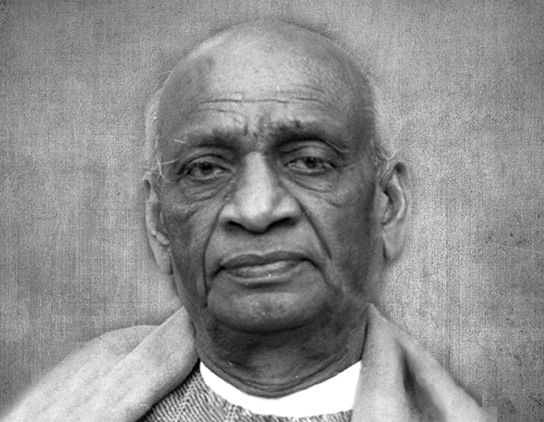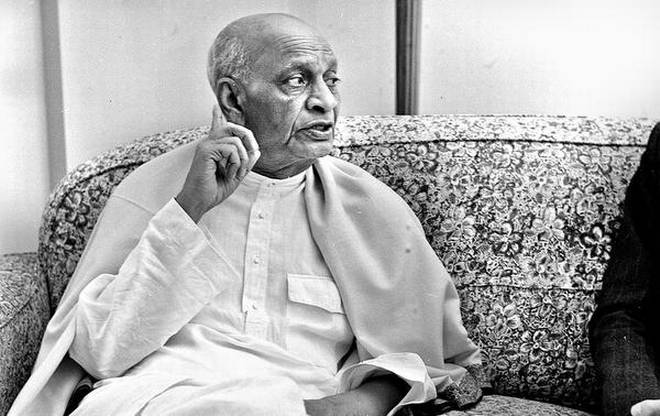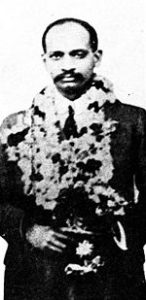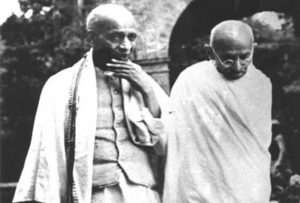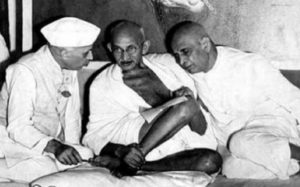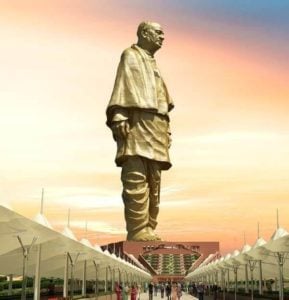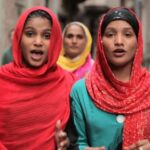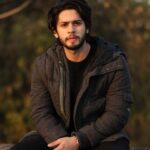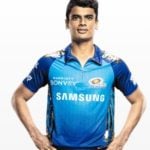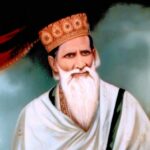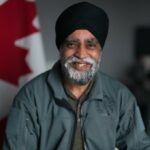Sardar Vallabhbhai Patel Age, Death, Wife, Family, Biography, & More
| Bio/Wiki | |
|---|---|
| Full Name | Vallabhbhai Jhaverbhai Patel |
| Nickname(s) | Sardar, Sardar Patel |
| Title(s) | Founding Father of India, Iron Man of India, Bismarck of India, Unifier of India |
| Profession(s) | Barrister, Politician, Activist |
| Politics | |
| Political Party | Indian National Congress (INC)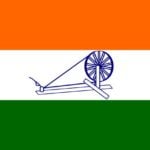 |
| Political Journey | • In 1917, for the first time, he was elected as the Sanitation Commissioner of Ahmedabad. The same year, he was also elected as the secretary of Gujarat Sabha (A political body that helped Gandhi Ji in his campaign). • In 1920, Patel was elected the President of Gujarat Pradesh Congress Committee and served until 1945. • Between 1924 and 1928, Patel was the chairman of the Municipal Committee in Ahmedabad. • After Independence, he became the First Deputy Prime Minister of India and was appointed the minister of Home Affairs, States, and Information and Broadcasting |
| Awards/Honours | Bharat Ratna (1991: Posthumously) |
| Monuments/Institutions Named After Him (Main Ones) | • Sardar Patel Memorial Trust • Sardar Sarovar Dam, Gujarat • Sardar Vallabhbhai Patel National Memorial, Ahmedabad • Sardar Patel University, Gujarat • Sardar Patel Vidyalaya, New Delhi • Sardar Vallabhbhai Patel National Police Academy, Hyderabad • Sardar Patel University of Police, Security and Criminal Justice, Jodhpur • Sardar Patel College of Engineering, Mumbai • Sardar Patel Institute of Technology, Mumbai • Sardar Vallabhbhai Patel Chowk in Katra Gulab Singh, Pratapgarh, Uttar Pradesh • Sardar Vallabhbhai Patel International Airport, Ahmedabad • Sardar Patel Stadium, Ahmedabad • Vallabhbhai Patel Chest Institute, New Delhi |
| Personal Life | |
| Date of Birth | 31 October 1875 Note- Exact date of birth is not certain. 31st October was mentioned in his matriculation certificate. |
| Age (At the time of death) | 75 Years |
| Birthplace | Nadiad, Bombay Presidency, British India |
| Date of Death | 15 December 1950 |
| Place of Death | Bombay (Now, Mumbai) |
| Death Cause | Heart Attack |
| Zodiac Sign/Sun Sign | Scorpio |
| Nationality | Indian |
| Hometown | Nadiad, Gujarat |
| School | A Primary School in Petlad, Gujarat |
| College/University | Middle Temple, Inns of Court, London, England |
| Educational Qualification | A Degree in Law |
| Religion | Hinduism |
| Caste | Patidar |
| Food Habit | Vegetarian |
| Hobby | Playing Bridge (A card game) |
| Controversies | • When he was the chairman of Municipal community in Ahmedabad, several corruption charges were pressed against him. On 28 April 1922, a case of 'misrepresentation of funds' worth ₹1.68 lakh was registered against him in Ahmedabad District Court. • Patel was criticised for being biased against Muslims. Maulana Abul Kalam Azad criticised him for accepting Partition of India rapidly. • Patel was also criticised by the supporters of Subhas Chandra Bose, for putting down the people who were not supportive of Mahatma Gandhi. |
| Relationships & More | |
| Marital Status | Married |
| Marriage Date | Year- 1891 |
| Family | |
| Wife/Spouse | Jhaverba Patel |
| Children | Son- Dahyabhai Patel (Worked in a Insurance Company)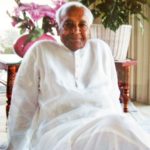 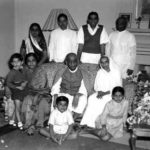 Daughter- Maniben Patel (Freedom Fighter) 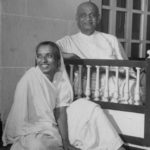 |
| Parents | Father- Jhaverbhai Patel Mother- Ladba |
| Siblings | Brothers- Somabhai Patel, Narshibhai Patel, Vithalbhai Patel (Legislator), Kashibhai Patel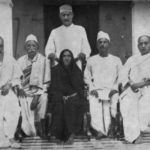 Sister- Dahiben (Younger) |
| Favourite Things | |
| Favourite Food(s) | Boiled Vegetables, Rice |
| Favourite Leader | Mahatma Gandhi |
Some Lesser Known Facts About Vallabhbhai Patel
- Did Vallabhbhai Patel smoke?: Yes [1]Jyotipunj by Narendra Modi
- Did Vallabhbhai Patel drink alcohol?: Yes [2]Jyotipunj by Narendra Modi
- His father had served in the army of the Queen of Jhansi while his mother was a spiritual woman.
- Patel got married when he was 16 years old, and completed his matriculation at the age of 22.
- Since early childhood, he had a stoic personality. He never complained of pains and sorrows of life.
- Due to the poor family circumstances, he once left his hope to study law in College.
- As he wanted to become a barrister, so he spent many years away from family and borrowed books from his friends to study. Patel left his home and settled in Godhara along with his wife.
- Once, Patel suffered a serious disease (perhaps plague), he sent his family to a safe place as the disease was contagious. He spent this time in a derelict temple, where he recovered slowly.
- Patel practiced law in Godhra, Anand, Borsad. When he was in Borsad, he founded “Edward Memorial High School” (Now, it is Jhaverbhai Dajibhai Patel High School).
- In 1909, his wife, Jhaverba Patel was diagnosed with cancer at a hospital in Bombay (Now, Mumbai). Despite a successful surgery, his wife died in that hospital.
- After the death of his wife, Patel was forced by his family to marry again, but he refused. He raised his children with the help of his other family members and sent them to an English medium school in Mumbai.
- At the age of 36, he enrolled at Middle Temple Inn in London. He completed his 36-months course within 30 months and topped the class despite having no college background.
- When he was studying law in England, he was affected by English lifestyle a lot and he adopted it passionately.
- When he returned from England, his lifestyle completely changed; he used to speak in English most of the time and often wore suit with tie. At that time, he was one of the renowned lawyers of Ahmedabad. Most of the criminal cases, he used to win.
- Patel was fond of bridge game of cards. He was an excellent player of it.
- When he was one of the best barristers of Ahmedabad. He helped his brother to enter politics.
- Initially, he was not interested in politics. However, at the urging of his friends, he fought the municipal election in Ahmedabad in 1917 and won it.
- Once Mahatma Gandhi came to the Gujarat Club for a speech. At that time, Patel was playing bridge at the club and didn’t go to listen to Gandhi Ji. When another activist and his friend, GV Mavlankar, began to go to the speech of Mahatma Gandhi, Patel stopped him and said, “Gandhi would ask you if you know how to shift pebbles from wheat and that is supposed to bring independence.” At that time, Patel did not believe Mahatma Gandhi’s ideology of Independence.
- When Mahatma Gandhi started the Indigo Revolt for peasants, Patel got impressed by him.
- After Jallianwala Bagh Massacre, when Gandhi Ji staged the non-cooperation movement, Patel supported Mahatma Gandhi thoroughly. Patel threw all his English style clothes and started to wear Khadi clothes. For this, he organised bonfires in Ahmedabad in which British goods were burned.
- During the ‘Salt Satyagraha Movement,’ he was the first to be arrested. In fact, he was arrested on 7 March 1930 but later, he was released in June.
- When the Round-Table-Conference failed in London, Mahatma Gandhi and Sardar Patel were imprisoned in 1932 in Yeravda Central Jail in Maharashtra and remained there for more than two years until July 1934. During that time, Gandhi and Patel became very close to each other and Gandhi Ji taught Sanskrit to Patel.
- After the Independence of India, Patel was responsible to unite all 562 princely states into India.
- During the communal violence in Punjab at the time of Partition, Patel successfully prevented attacks on a train of Muslim refugees leaving India.
- He was the first choice of many to be the first Prime Minister of India. However, Pt. Jawaharlal Nehru became the first Prime Minister of India.
- His birthday, 31 October is celebrated as “Rashtriya Ekta Diwas” or National Unity Day in India.
- His 182-meter statue (World’s tallest statue) has been erected at Sarovar Dam, Garudeshvar in Narmada District of Gujarat. It is called the Statue of Unity. Indian Prime Minister Narendra Modi inaugurated this statue on 31 October 2018. The statue was designed by the famous sculpture Ram V. Sutar.
References/Sources:

